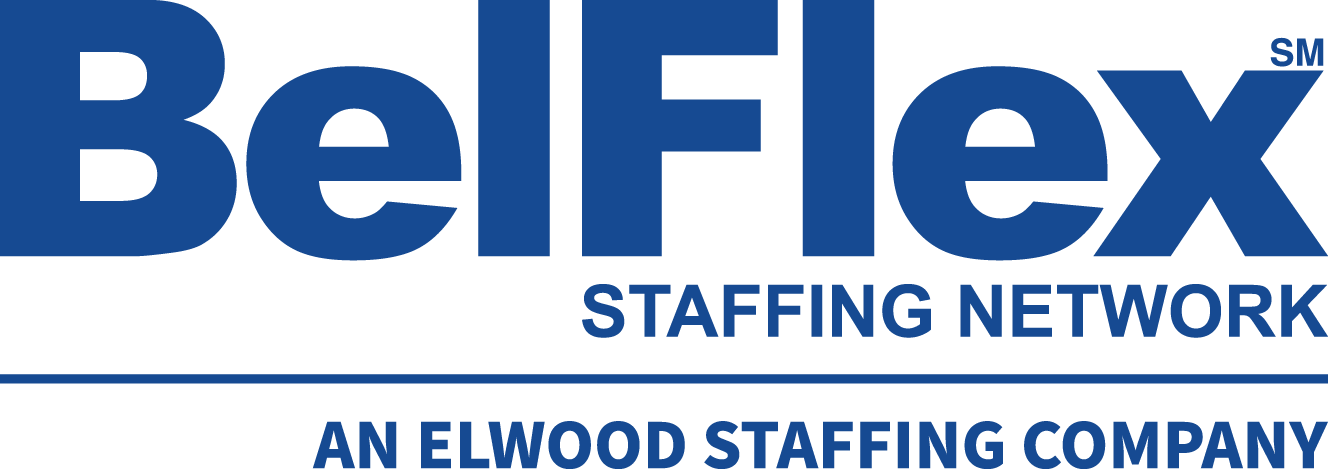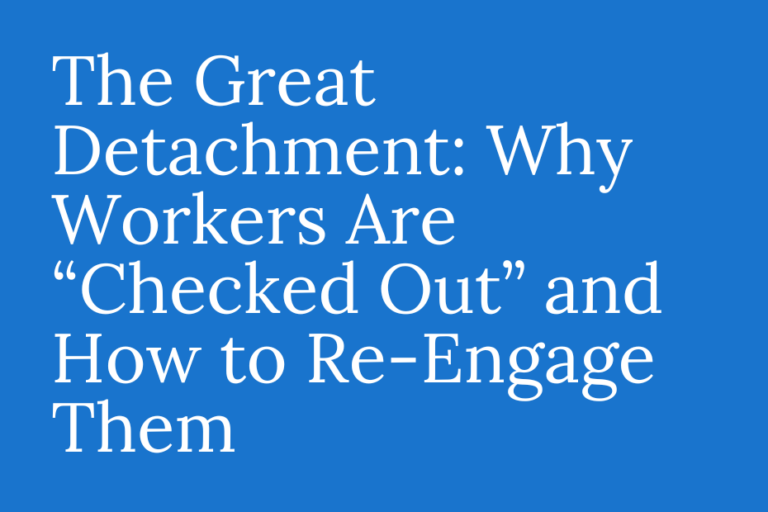How Manufacturers Can Recruit a Multigenerational Workforce
Today’s workforce spans five generations, with the largest group being millennials followed by Gen-X and baby boomers. Gen-Z is a small, but growing part of the U.S. labor pool and some traditionalists (also known as the Silent Generation and the Greatest Generation) continue to work past retirement age. In a competitive job market, expanding the candidate pool to include all generations can help companies attract new workers. But, it also presents challenges as each group has different priorities when it comes to employment.
Manufacturers and distribution companies, working with staffing partners, can benefit by customizing their recruiting strategies to appeal to a multigenerational workforce. Here are some best practices to consider.
Upgrade Your Image
As the largest pool of candidates, it makes sense to invest more time and resources into recruiting millennials. But, this group can also be challenging thanks to their often pessimistic, and sometimes non-existent, view of manufacturing. To improve public perception with this group, companies should showcase that the plant floor of today has transformed from the hard labor environment of the past to one that offers high-tech career opportunities. Not only will this help attract millennial candidates, but it could lead them to encourage friends and family members to consider manufacturing jobs as well.
Employ Flexible Scheduling
Boosting pay can be very effective for recruiting, but many generations also value flexibility. According to recent Deloitte research, the gig economy appeals to four out of five millennials and Gen-Z workers. For many, this offers a better work/life balance and the opportunity to get more involved with community and social causes. Boomers and traditionalists also find flexible schedules appealing as they ease into retirement. While manufacturing shift work can make these arrangements challenging to schedule, when possible, companies should offer some type of flextime such as compressed work weeks, custom scheduling or shift exchanges.
Adapt Technology
Digital tools including mobile recruiting and email/online applications are critical for reaching the Gen-X, millennial and Gen-Z audiences. Baby boomers are also typically engaged with digital resources but similar to traditionalists, may also respond to outreach through traditional recruiting methods such as print and radio ads; face-to-face communication with recruiters; or outreach through local organizations such as veteran’s groups and community centers.
Training the Next-Gen
According to national studies of Gen Z’s workplace attitudes, 55% feel pressure to gain professional experience in high school. Additionally, more are holding off on college with 61% indicating they need to know what career they want to pursue beforehand. Manufacturers have the opportunity to partner with community colleges, vocational schools, apprenticeship programs and online resources such as YouTube to help train young people so they can more quickly enter the workforce and start on a career path.
Recruiting a diverse workforce that spans a range of generations can seem overwhelming, but in many cases slight adjustments to recruiting strategies can help uncover new talent pools. At BelFlex, we not only believe this approach is critical to addressing the talent shortage, but that the long-term benefits of a multigenerational workforce will make it worth the extra recruiting effort.
Please contact our Raleigh-Durham team at 919-718-0411 or me directly at BPowell-Jackson@belflex.com to learn how we can help your company.







